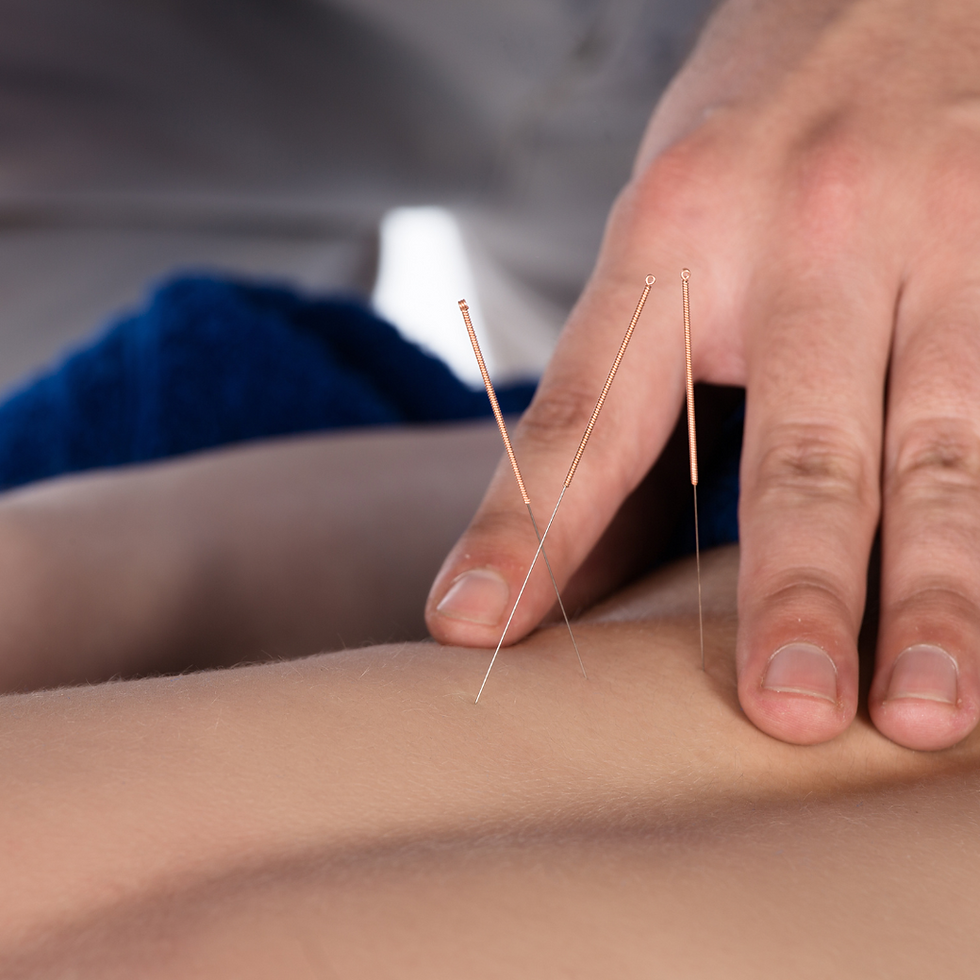
In the ever-evolving landscape of healthcare, innovative approaches to pain management and rehabilitation continue to emerge. One such technique gaining prominence is dry needling, a therapeutic procedure administered by trained physical therapists. This article explores the overall benefits of dry needling and underscores the integral role of physical therapy in delivering this service.
Understanding Dry Needling
Dry needling involves the insertion of thin needles into specific tissues (not just trigger points) to stimulate a healing response. Unlike acupuncture, which is rooted in traditional Chinese medicine and focuses on balancing energy flow, dry needling targets bone, neural, connective and muscular tissues that aim to alleviate pain, improve range of motion, increase healing and enhance overall function.
Benefits of Dry Needling
-
Pain Relief:
One of the primary benefits of dry needling is its effectiveness in providing pain relief. By targeting specific points, therapists can release tension in muscles and reduce pain signals. This approach is particularly beneficial for individuals suffering from chronic pain conditions.
-
Improved Range of Motion:
Tight or overactive tissues can restrict joint movement and hinder range of motion. Dry needling helps to release muscle tension, promoting better flexibility and improved joint mobility. This can be especially crucial for athletes recovering from injuries or individuals with conditions causing muscle tightness.
-
Accelerated Healing:
Dry needling stimulates blood flow to targeted areas, promoting the delivery of oxygen and nutrients essential for tissue repair. This accelerates the body's natural healing process, making it an effective adjunct to other physical therapy modalities.
-
Enhanced Functionality:
By addressing muscular imbalances and promoting optimal muscle function, dry needling contributes to overall improved functionality. This is crucial for individuals recovering from surgeries, managing chronic conditions, or seeking to optimize their physical performance.
Dry needling, when administered by skilled physical therapists, offers a valuable addition to the arsenal of techniques available for pain management and rehabilitation. Its ability to provide targeted relief, improve range of motion, accelerate healing, and enhance functionality underscores its significance in the realm of physical therapy. As healthcare continues to evolve, embracing innovative and effective treatments like dry needling can pave the way for a more holistic and patient-centric approach to healing.
Tags:
January 30, 2024







Comments